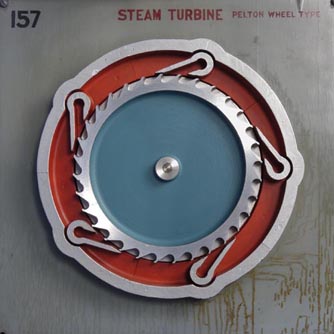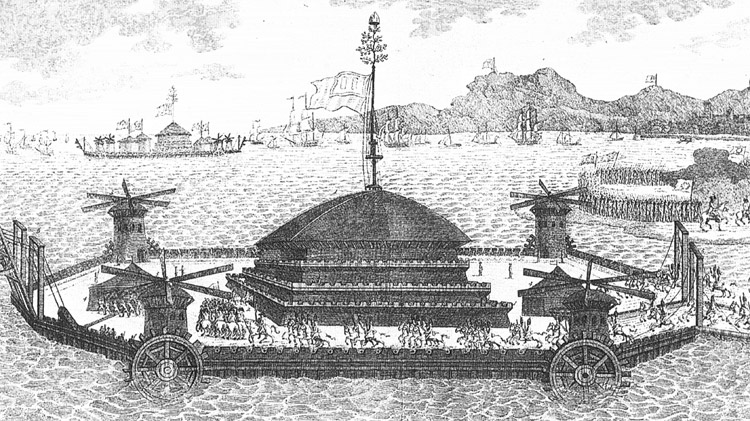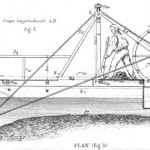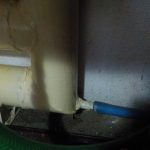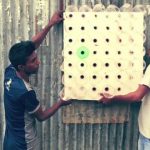“The Roadtown is a scheme to organize production, transportation and consumption into one systematic plan. In an age of pipes and wires, and high speed railways such a plan necessitates the building in one dimension instead of three – the line distribution of population instead of the pyramid style of construction. The rail-pipe-and-wire civilization and the increase in the speed of transportation is certain to result in the line distribution of population because of the almost unbelievable economy in construction, in operation and in time.”
“Roadtown“, Edgar Chambless, 1910.
